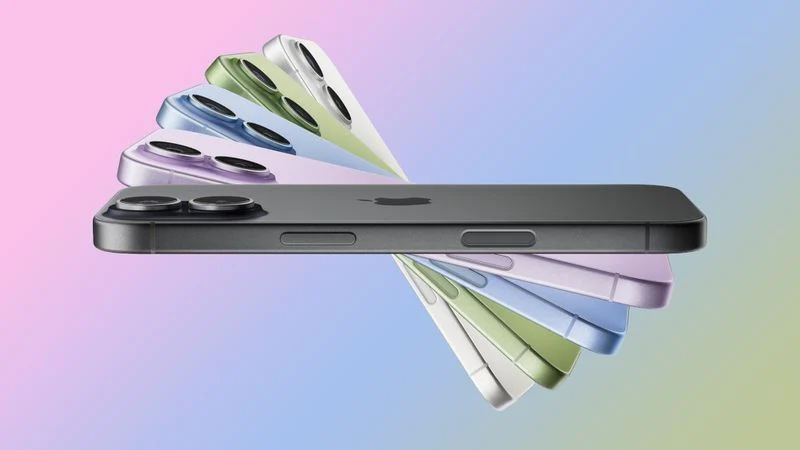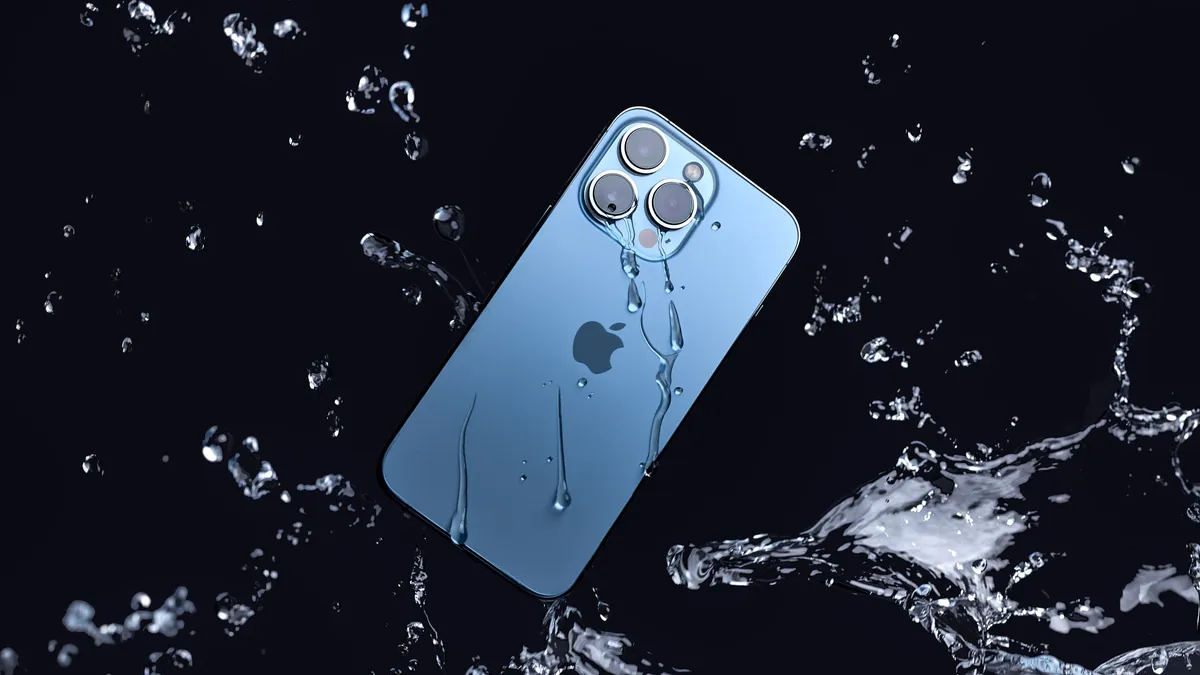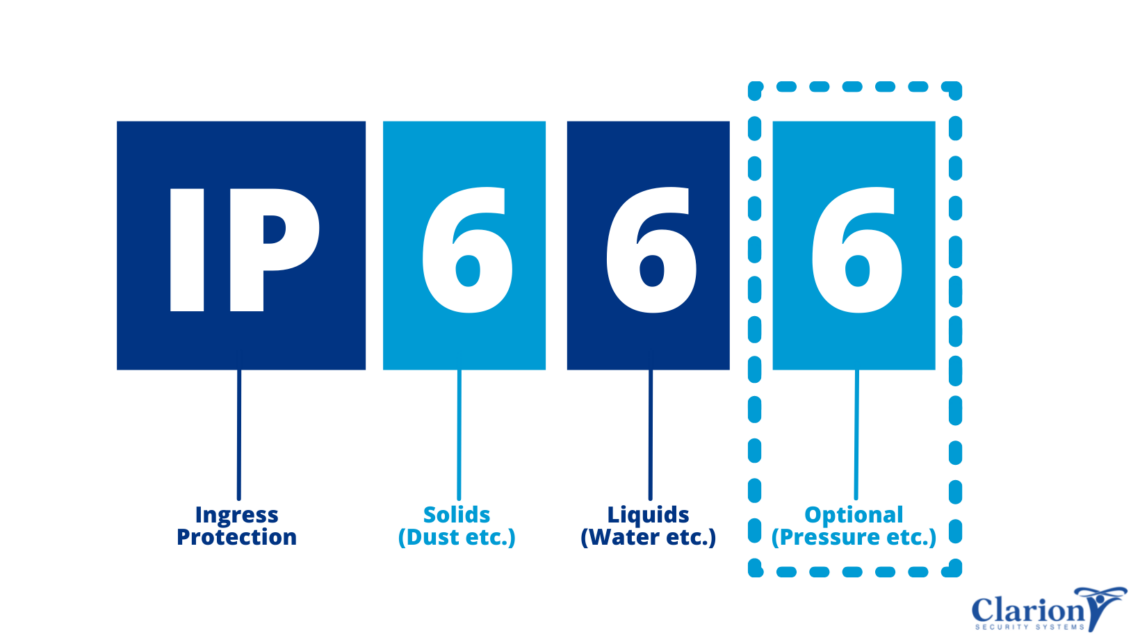
The Great Encyclopedia of the iPhone 17 Series: The “Slim” Revolution and Boundless Performance
Apple’s Fall 2025 announcement, the debut of the iPhone 17 series, was not just a routine facelift but a strategic shift in the history of

A common and unfortunately too frequent attitude among users with IP67 or IP68 rated devices. What’s even sadder is that most often, they learn the hard way, with expensive repair costs, that the reality is not as ideal as the manufacturers’ promises suggest…
The “Ingress Protection Rating” consists of the initials (IP) followed by two digits. The first digit indicates the level of protection against solid foreign objects like fingers or dust (ranging from 0 to 6), while the second digit indicates the resistance to moisture intrusion (ranging from 0 to 8).
If an “X” is present in place of one of the digits, it simply means that the device has not been tested for that particular factor. Therefore, nothing can be said about the device’s resistance to dust or water in such cases.
The iPhone X and iPhone XR models have an IP67 rating, meaning they are completely protected against dust and should withstand immersion in about one meter of water for up to 30 minutes.
For devices with an IP68 rating, the situation changes in that the device is protected in water deeper than one meter – but the manufacturer must specify the exact depth. So, for an iPhone XS Max, Apple specifies a protection level up to 1.5 meters.
Not so complicated, right? Now here comes the twist!
The problem with a high IP rating is that people only see the bright side, but the truth lies somewhere in the shadows. The reality is that for a phone to receive an IP68 rating, it doesn’t need to meet every single “lower-level” criterion. To clarify, take a look at this table:
Rating | Meaning
0 | Not protected
1 | Protected against vertically dripping water
2 | Protected against dripping water when tilted up to 15° from vertical
3 | Protected against spraying water at an angle up to 60° from vertical
4 | Protected against splashing water from any direction
5 | Protected against water jets from any direction
6 | Protected against strong water jets
7 | Protected against temporary immersion in water
8 | Protected against continuous immersion in water

Sticking with the previous examples, while an iPhone XR is protected against temporary immersion in water, the rating does not indicate how well it withstands water jets from any direction (IPX5) or even rainwater (IPX3). In other words, “on paper” you can take underwater photos with it (though we don’t recommend it), but Apple doesn’t guarantee that a summer rain shower or reading emails in the shower won’t damage the device – otherwise, they would have specified this, which they clearly haven’t.
Another example, which can be considered a counterexample, is the Sony Xperia XZ model. This device boasts both IP65 and IP68 ratings, which the manufacturer explicitly states. This simplified means you can rinse off dirt under the tap (water jets) as long as all connectors and covers are closed. Additionally, you can submerge it in fresh water up to 1.5 meters for a maximum of 30 minutes.
If you’ve read this far, it’s clear that nothing is black and white when it comes to water resistance. However, if you want to take advantage of this appealing feature, keep these tips in mind:
1. Water resistance is tested in fresh water (unless the manufacturer specifies otherwise). Therefore, saltwater, soapy water, coffee, soda, and other liquids can damage the phone.
2. Most water resistance tests occur between 15-35 degrees Celsius. It’s not recommended to use the device in higher temperatures – sauna, steam room, jacuzzi.
3. Before submerging the device, ensure all covers are properly closed (if applicable – e.g., Sony phones).
4. Unless specified by the manufacturer, do not use buttons underwater. This increases the risk of moisture reaching the internal components.
5. Only charge the phone when you are sure it is dry.
6. Always read the manufacturer’s guidelines on the device’s water resistance to avoid the risk of water damage.
If you liked our article, don’t hesitate to share it with others!

Apple’s Fall 2025 announcement, the debut of the iPhone 17 series, was not just a routine facelift but a strategic shift in the history of

China has developed the world’s first 6G field test network, which integrates communication and artificial intelligence, demonstrating that 6G transmission capabilities can be achieved using